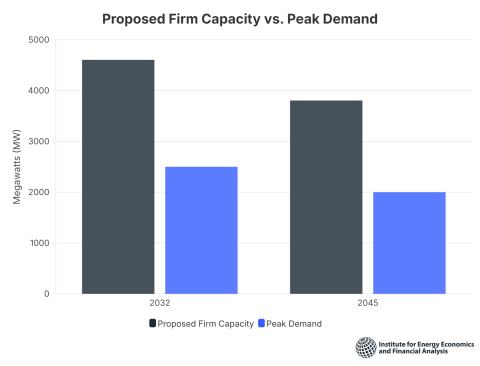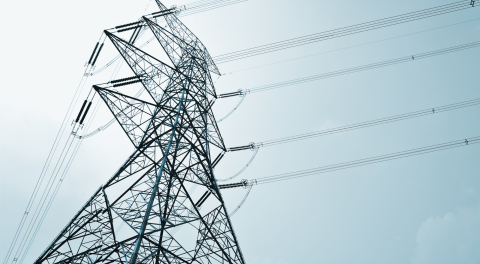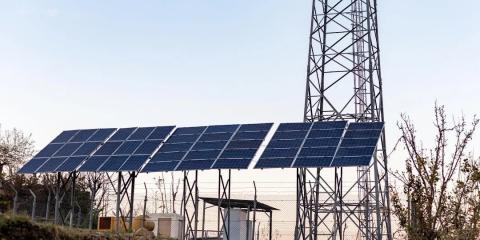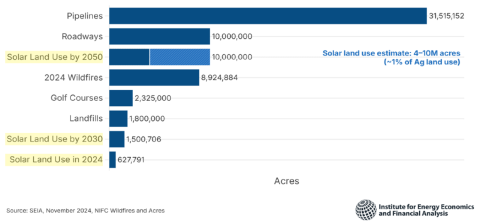A bad bet: Owning the four corners coal plant is a risky gamble for the Navajo Nation and the plant’s other owners
Download Full Report
Key Findings
Four Corners Unit 4 went into service in July 1969; Unit 5 in July 1970. Thus, the units are 48 and 49 years old, making them among the oldest large coal-fired generating plants.
The steep drop in generation at Four Corners is due to increased competition from natural gas and renewable resources and the plant’s rising cost of producing electricity. None of these factors is likely to abate in the foreseeable future.
Executive Summary
Last July, the Navajo Transitional Energy Company (NTEC) acquired a 7% ownership share of the coal-fired Four Corners Generating Station (Four Corners) from Arizona Public Service Company (APS). APS had purchased the 7% share from El Paso Electric Company when it decided to drop out of the coal plant at the end of 2013.
Public documents reveal that NTEC paid approximately $145 million to acquire the 7% share of Four Corners. This includes the $70 million purchase price and $45 million for NTEC’s 7% share of the cost of recently added environmental controls. In addition, NTEC paid $30 million it owed to keep open an earlier option to purchase the 7% stake of Four Corners. It also has been reported that while NTEC paid $145 million for its share of Four Corners, APS paid NTEC $45 million in cash to resolve a dispute over coal supplies. This makes the net payment from NTEC to APS about $100 million.
NTEC’s $70 million payment for the 7% share of Four Corners represents a very good return for APS, which has reported that the price at which it purchased the 7% of Four Corners from El Paso Electric was “immaterial.”
Four Corners has two remaining operating units, 4 and 5, each of which has a full power net capacity rating of 770 megawatts (MW). Four Corner Units 1-3 were retired at the end of 2013. Four Corners now has five owners. APS owns 63% of the plant; Public Service Company of New Mexico (PNM) owns 13%; Salt River Project (SRP) 10%; Tucson Electric Power (TEP) 7%; and the newest owner, NTEC, also now owns 7%.
APS, SRP and TEP also are part of the ownership group that decided in February 2017 to close the Navajo Generating Station (NGS) at the end of 2019 “because of the rapidly changing economics of the energy industry, which has seen natural gas prices sink to record lows and become a viable long-term and economic alternative to coal power.” These same changing industry economics (including the rapid growth and declining cost of renewables) that led to the planned closure of NGS a quarter-century early also are undermining the financial viability of Four Corners.
Based on an analysis of financial and plant operating data it is clear that Four Corners has become an increasingly unreliable and expensive source of power, and there is little reason to expect that this will change given the set of risks that the plant currently faces and will continue to face in coming years. As a result, IEEFA estimates that NTEC is likely to incur losses of more than $170 million just from owning the plant between 2020 and 2027. And these losses do not reflect the net cost of $100 million that NTEC paid to acquire the plant from APS.
The president and speaker of the Navajo Nation Council have directed NTEC to explore options for the potential purchase of NGS. Four Corners should serve as a costly lesson as to what the Navajo Nation would experience if it decides to acquire NGS too.
Please view full report PDF for references and sources.














